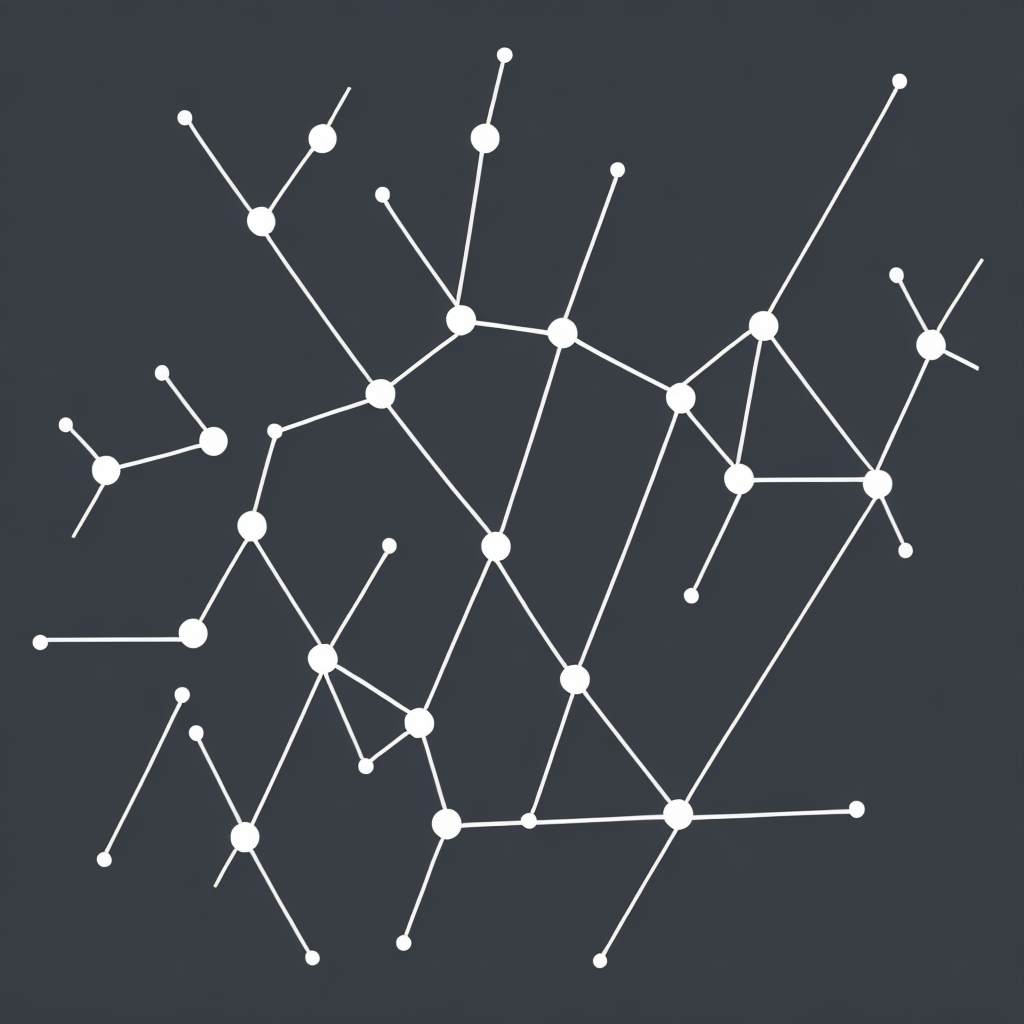Unlocking the Power of Knowledge Graphs: Enhancing Data Management and Insights in the Digital Era
In the rapidly evolving landscape of the digital era, data has become the cornerstone of business success. From optimizing operations to driving informed decision-making, the value of harnessing and leveraging data has never been more apparent. At the heart of this data revolution lies the concept of knowledge graphs – a powerful tool for managing information that connects and optimizes data through intricate webbing of facts and relationships. This article explores the significance of knowledge graphs, their role in modern business, and the ways they unlock unparalleled insights for organizations in the digital age.
### What Are Knowledge Graphs?
Knowledge graphs represent the relationships and connections between data entities, capturing the intricate layers of information in a structured format. Inspired by the structure of the world wide web but tailored specifically to organizational data and understanding, they enable businesses to:
– **Contextualize Data**: By placing pieces of information into meaningful contexts, knowledge graphs provide deeper insights into data relationships, allowing for a more comprehensive understanding of underlying patterns and trends.
– **Enhance Search and Retrieval**: Knowledge graphs refine and elevate the way data is searched, retrieved, and used, offering more accurate and relevant results to inquiries. This capability becomes invaluable in applications such as personalized recommendations, intelligent search engines, and targeted marketing.
– **Support Decision-Making**: With a wealth of interconnected data, knowledge graphs provide decision-makers with a holistic view of business operations and external factors affecting them. This comprehensive understanding can significantly enhance the quality and efficiency of strategic decisions.
### The Benefits of Knowledge Graphs
#### Improved Data Management
By organizing data into a graph structure, knowledge graphs facilitate efficient data querying, storage, and management. This streamlined approach to data handling greatly reduces the complexity and time required for data analysis, making information more accessible and easier to consume.
#### Enhanced Analytical Capabilities
Knowledge graphs leverage linked data principles to enable advanced analytics. Through their inherent structure, they facilitate the discovery of hidden patterns, correlations, and anomalies, which traditional data management methods might miss. This capability is particularly beneficial in sectors such as healthcare, finance, and marketing, where predictive analytics play a critical role.
#### Increased Personalization
In the age of digital commerce and personalized customer experiences, knowledge graphs enable the creation of hyper-targeted products and services. By understanding consumer preferences, behavior patterns, and interactions, businesses can offer bespoke solutions and personalized recommendations, significantly enhancing customer satisfaction and loyalty.
### Challenges and Considerations
Despite the numerous benefits, the implementation and maintenance of knowledge graphs come with their own set of challenges. These include:
– **Data Quality**: Ensuring the accuracy, completeness, and consistency of data is a continuous effort in knowledge graph management. Inaccurate data leads to skewed insights and potentially disastrous decisions.
– **Scalability**: As businesses grow, managing large and complex datasets becomes increasingly difficult. Knowledge graphs need robust infrastructure to handle scale and maintain performance with increased data volume.
– **Integration**: Successfully integrating knowledge graphs into existing systems requires careful planning and seamless connectivity to leverage the full potential of linked data.
### Conclusion
In the digital era, where data is the new oil, knowledge graphs stand as a beacon of transformative potential. By unlocking the vast, interconnected universe of information stored in databases, they facilitate more robust decision-making, enhance operational efficiencies, and foster innovative business models. As organizations continue to navigate the complexities of data-driven strategies, the adoption of knowledge graph technologies will be crucial in maintaining a competitive edge in the digital marketplace. Embracing the power of knowledge graphs is about investing in the future of data management and leveraging this cutting-edge technology to drive strategic advantage and growth in the digital age.
